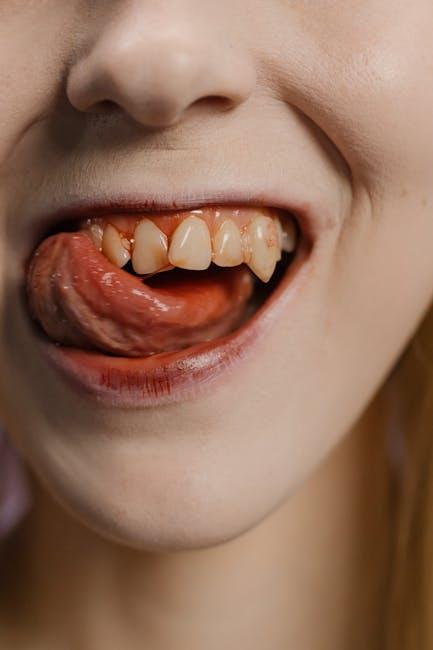
Does Medicaid Cover Dental? Orthodontics, Common Procedures & State Coverage
Dental health is an essential part of overall wellness, but many people wonder: does Medicaid cover dental care? The answer isn’t straightforward because Medicaid’s coverage for dental services can differ by state and eligibility groups. In this comprehensive guide, we break down Medicaid dental benefits, including orthodontic coverage, common procedures typically covered, and how coverage varies across states.
Understanding Medicaid Dental Coverage
Medicaid is a federally and state-funded program that provides health coverage for low-income individuals and families. While it covers many essential medical services, dental coverage is considered an optional benefit for adults.
Who Gets Dental Coverage Through Medicaid?
- Children and Adolescents: Medicaid covers dental care comprehensively for individuals under 21, as required by the Early and Periodic Screening, Diagnostic and Treatment (EPSDT) benefit.
- Adults: Dental coverage for adults varies significantly by state. Some states offer extensive dental services, while others provide only emergency dental care or no dental benefits at all.
Does Medicaid Cover Orthodontics?
Orthodontics, involving braces and other devices to straighten teeth and correct jaw alignment, is generally considered a non-essential or cosmetic procedure. Yet, there are exceptions:
- For children under 21, some Medicaid programs cover orthodontic treatment if it’s medically necessary, such as in cases of severe malocclusion, cleft palate, or traumatic injuries.
- For adults, orthodontic coverage is rare but possible in certain states when medical necessity is proven.
Make sure to verify with your specific state Medicaid office for detailed orthodontic benefit eligibility and criteria.
Common Dental Procedures Covered by Medicaid
Dental coverage under Medicaid often includes many basic and preventive procedures, particularly for children. Typical covered procedures include:
- Regular Dental Exams and Cleanings: To encourage preventive care.
- Fillings and Restorations: For cavities and tooth decay repairs.
- Extractions: Removal of problematic teeth.
- X-rays: To detect issues early.
- Root Canals and Crowns: In many states, these restorative treatments are covered.
- Dentures and Bridges: Some states provide coverage for tooth replacement devices.
Medicaid Dental Services for Adults vs. Children
| Procedure Type | Coverage for Children (Under 21) | Coverage for Adults (21+) |
|---|---|---|
| Preventive Care (exams, cleanings, fluoride) | Covered 100% | Varies by state, often limited |
| Restorative Care (fillings, crowns) | Routine coverage | Partial to limited coverage depending on state |
| Orthodontics | Covered with medical necessity | Rare, state-dependent |
| Emergency Dental Services | Covered | Generally covered |
| Dentures | Sometimes covered | Varies widely |
State-by-State Medicaid Dental Coverage Differences
Because Medicaid dental benefits for adults are optional and managed by states, coverage can range from comprehensive to emergency-only. Here’s a snapshot of some state-specific coverage scenarios:
| State | Adult Dental Coverage | Orthodontic Coverage |
|---|---|---|
| California | Extensive preventive & restorative | Orthodontics covered if medically necessary |
| Texas | Emergency services only | Generally no coverage |
| New York | Comprehensive adult dental benefits | Orthodontics covered for children medically necessary |
| Florida | Emergency care, some restoration | Rarely covered |
| Ohio | Routine dental covered | Orthodontics covered under strict criteria |
Note: Always check your state Medicaid website or contact your Medicaid office to verify your specific dental benefits and coverage details.
Benefits of Medicaid Dental Coverage
Access to dental care through Medicaid has several advantages:
- Improved Oral Health: Preventive services reduce the risk of cavities, gum disease, and tooth loss.
- Cost Savings: Medicaid dental coverage can alleviate high out-of-pocket expenses for dental work.
- Early Detection: Regular dental visits enable early diagnosis of oral diseases and conditions.
- Better Overall Health: Oral health is linked to conditions like diabetes and heart disease, so dental care supports overall health.
Practical Tips to Maximize Medicaid Dental Benefits
- Verify Coverage Before Treatment: Confirm what your Medicaid dental benefits cover by contacting your state’s Medicaid program.
- Find Medicaid-Approved Dentists: Use state Medicaid dental provider directories to locate dentists who accept Medicaid.
- Schedule Regular Check-ups: Preventive care is crucial for long-term oral health and generally fully covered for children.
- Get Referrals for Orthodontics: As coverage for orthodontics requires medical necessity, ask your dentist to provide detailed documentation.
- Be Aware of Limits: Some states impose caps on annual dental benefits—plan treatment accordingly.
Real-Life Example: Orthodontic Coverage with Medicaid
Take Sarah’s story, a parent of a 12-year-old son in Ohio. After noticing misaligned teeth causing discomfort, Sarah consulted with a Medicaid dentist. Ohio Medicaid covered her son’s orthodontic braces after a medical necessity review due to functional bite problems. This support prevented costly out-of-pocket expenses and improved her son’s oral and emotional well-being.
Conclusion: Navigating Medicaid Dental Coverage for Your Needs
Medicaid does cover dental care, but the scope depends heavily on your age and state of residence. Children under 21 enjoy comprehensive dental benefits nationwide, including many orthodontic services when necessary. However, adult dental benefits vary by state—ranging from full coverage to emergency-only provisions.
To get the most out of your Medicaid dental coverage, always research your state’s policies, find in-network providers, and discuss treatment options with your dentist. Whether you’re interested in routine cleanings or orthodontic treatment, Medicaid can be a valuable resource for maintaining your dental health.
For more personalized information on Medicaid dental coverage, visit your state Medicaid website or consult a health insurance expert at Healthinsurance.org.


